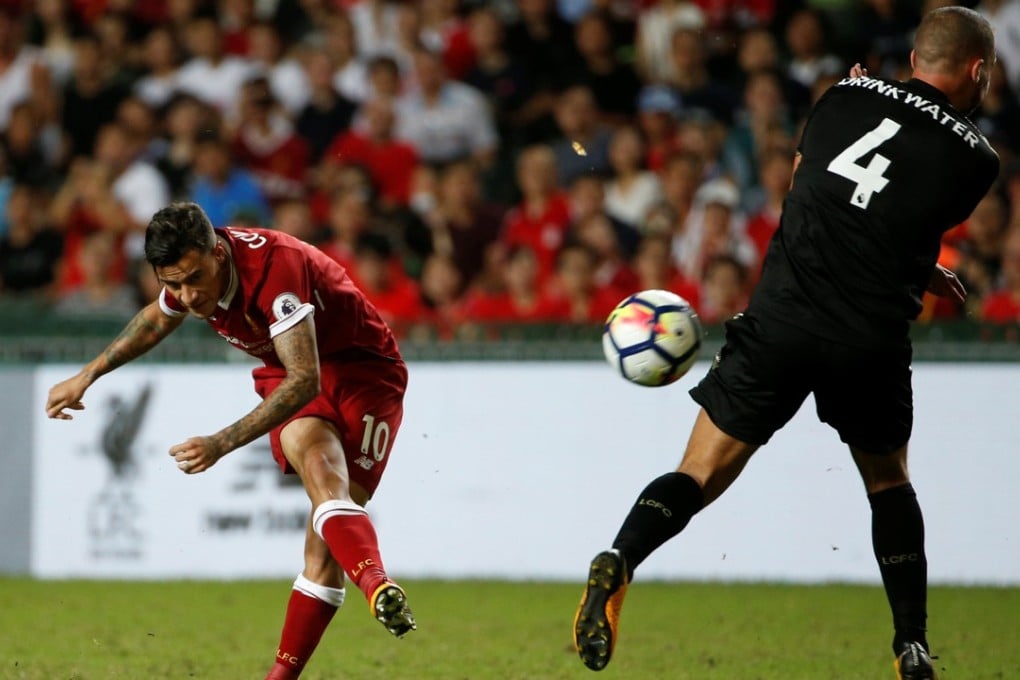Opinion | Liverpool 0-1 Copycats: how Chinese fake goods are beating the real thing
The Premier League club was forced to cut the cost of its latest shirt from US$87 to US$30. It’s not the only brand losing against counterfeits

Chinese President Xi Jinping’s vision of transforming China into a global football powerhouse is materialising. Since he announced a 50-point plan in 2015 to create a US$813 billion sports industry in the country, businesses have been pumping billions into football to bring the sport up to par with European clubs.
This has not just attracted big name players to sign on with the Chinese Super League. Famous clubs such as English Premier League giants Liverpool are capitalising on the sport’s growing popularity in China to boost their commercial revenue through merchandise sales as well.
Despite the market potential and strong Chinese interest in European football, driving revenue from merchandise sales is not as straightforward as it sounds.
Liverpool is struggling to compete with the rampant counterfeit market in which consumers can purchase similar shirts at a fraction of the cost
So, what’s the problem? Quite simply, Liverpool is struggling to compete with the rampant counterfeit market in which consumers can purchase similar shirts in sporting goods stores and from online platforms at a fraction of the cost.
Liverpool is not alone. Popular brands such as Puma, Pandora and Prada may span various product categories, but they have one thing in common – they are all susceptible to the counterfeit market. Pandora, the Danish jewellery company, has a brand protection team that has twice taken down a lookalike website selling imitations from China. However, once a site has been shut down, it often pops up again on another Internet service provider.

Copycats are popular because they confer upon consumers the social status associated with luxury goods without the high price tag. In our joint study on counterfeits at the National University of Singapore Business School, we had three observations as to why copycats are more likely to successfully enter the marketplace.
A recent UN report suggests that 70 per cent of all fashion and luxury copycat merchandise is produced in China
